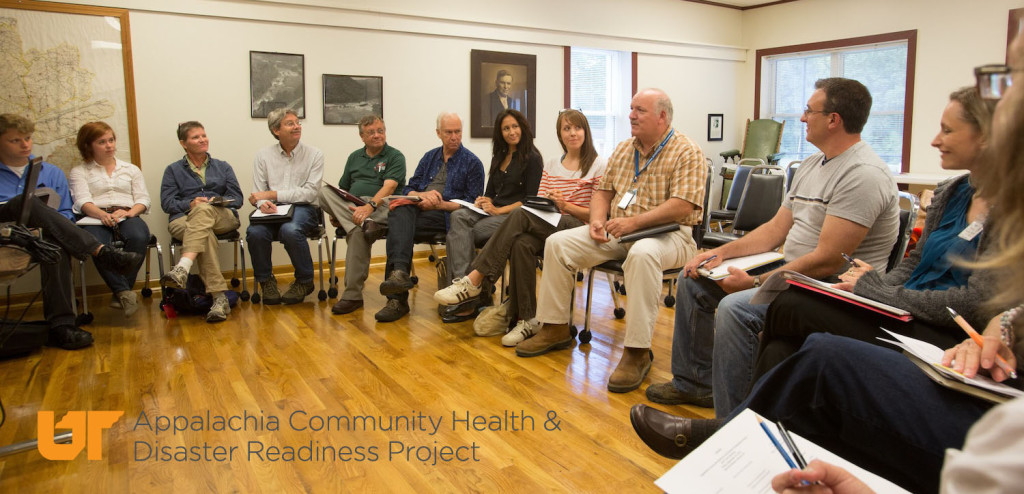March 10, 2014 Research for Rural Appalachia Provides Winter Weather Tips

Funded by a grant from the US Health Resources and Services Administration, the project is researching the needs of Clay County, Kentucky, an impoverished area in Appalachia.
The project’s first major effort, “Be Winter Ready,” provides tips to communities vulnerable to natural disasters due to socioeconomic, environmental, or geographic factors. The research prepared for Clay County offers insights to preparedness that anyone can use.
The project’s solutions to common winter problems include
- Frozen pipes. Drain water from outdoor lines and hoses. Allow water to drip from a faucet to prevent a pipe from bursting. Use newspaper to insulate your pipes to prevent water from freezing.
- Carbon monoxide. Carbon monoxide is odorless and makes you drowsy. If stranded in a car, only run the engine of the vehicle for ten minutes an hour and ensure that snow is not blocking the exhaust pipe. If using a kerosene heater during a power outage, leave a window slightly open to prevent carbon monoxide buildup. Run generators at least twenty feet from the house, never indoors.
- Hypothermia. Hypothermia is when the body loses heat faster than it can generate it. It can occur even at temperatures above forty degrees if you are wet. Prevent hypothermia by drinking warm beverages and avoiding strenuous activities outside. If you become hypothermic, remove wet clothing, keep moving, and drink warm fluids. Get immediate medical attention if your body temperature falls below ninety-five degrees.
- Car troubles. Keep your gas tank near full to prevent lines from freezing. Check the radiator, fill up on antifreeze, and check tire pressure. Do not touch the vehicle if power lines fall on it. Never pour water on a windshield to clear snow, as it can crack the glass.
More tips are available in a pamphlet created by the students involved with the project. The pamphlet can be found online.
Phil Geiman, a graduate student in architecture who presented and discussed winter hazard prevention information with members of the Clay County community last December, said, “Sharing winter tips, stories, and showing off the work we’ve been developing back at Tennessee really brings home what impact you can really have on a community.”
For the next three years, the project will continue to provide insights and resources to people living in isolated or low-resource settings, who are often overlooked in disaster planning and receive limited assistance during emergencies.
To learn more about the UT Appalachia Project, visit the Facebook page.
—
C O N T A C T :
Kiki Roeder (865-974-6713, kroeder@utk.edu)


